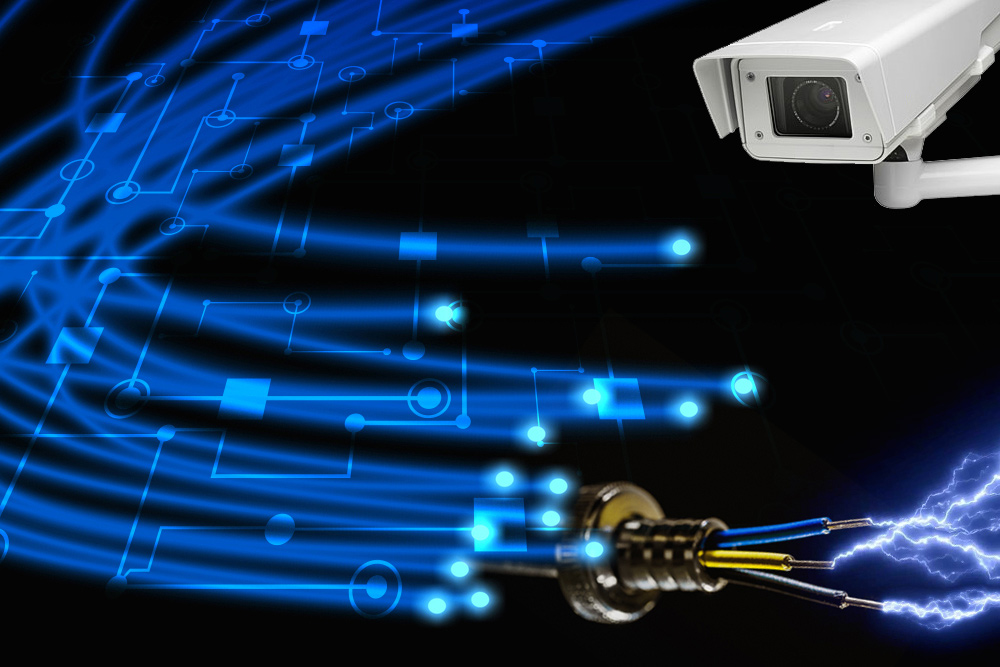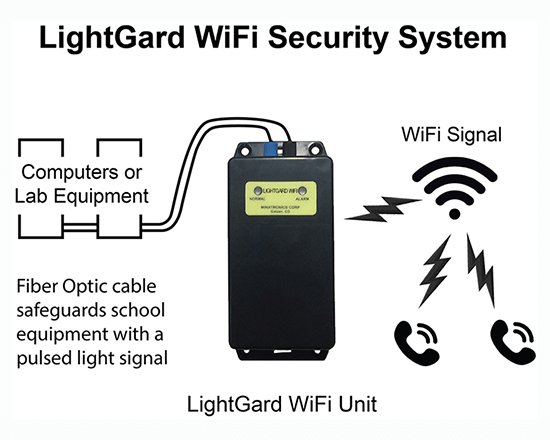The Importance of Fiber Optic Security System Enhances Your Property’s Safety and Surveillance
Boost Your Security With Advanced Fiber Optic Protection Systems
In an era where security is extremely important, advanced fiber optic security systems provide a compelling option for improving safety across various environments. These systems not just flaunt exceptional bandwidth and speed for high-resolution security but also use amazing durability versus external interferences. As organizations increasingly seek trustworthy means to secure their properties, the assimilation of innovative innovations like AI and IoT within fiber optic structures raises crucial concerns concerning their effectiveness contrasted to standard systems. What effects do these developments hold for future safety steps?
Benefits of Fiber Optic Safety And Security
Taking advantage of the advantages of fiber optic modern technology dramatically improves safety systems across different applications. One of the primary benefits is the increased bandwidth ability, enabling the transmission of large amounts of data at high rates. This is specifically critical for real-time video clip surveillance, where high-resolution feeds can be sent out without latency, making certain immediate action capabilities.
Furthermore, fiber optics show superior resistance to electromagnetic interference, which is essential in atmospheres with prospective signal disruptions. This integrity makes certain consistent efficiency in crucial security operations. Fiber optic cable televisions are less vulnerable to tapping and unauthorized access compared to traditional copper circuitry, thereby boosting information stability and discretion.
Another noteworthy advantage is the resilience of fiber optic systems; they are more immune to environmental factors such as dampness, temperature level variations, and destructive substances. This durability translates to reduce maintenance prices and longer life-spans for safety and security installments.
Finally, the light-weight nature of fiber optic cords assists in easier installment and transmitting, specifically in complex infrastructures (fiber optic security system). Eventually, the assimilation of fiber optic innovation right into safety and security systems not just strengthens protection actions however also maximizes operational performance
Trick Attributes to Consider
When evaluating fiber optic safety and security systems, numerous key attributes have to be considered to ensure optimum performance and efficiency. First, evaluate the system's detection range and level of sensitivity; a considerable range enables monitoring huge areas, while high sensitivity makes certain that even minor disturbances are detected immediately.
Next, consider the integration capabilities of the system. A fiber optic protection system must flawlessly user interface with existing protection procedures such as video cameras and alarm systems, creating a natural protection network.
Sturdiness and ecological resistance are also essential features. Make certain that the system is made to endure severe weather and potential physical risks, as this will certainly prolong its functional life expectancy.

Finally, check into the scalability of the system. A durable fiber optic safety and security system must be conveniently expanding to accommodate future demands without significant overhauls. By carefully considering these attributes, you can select a fiber optic safety service that enhances safety and security and protection in your atmosphere.
Setup Process Summary
To effectively implement a fiber optic safety system, a systematic setup process is crucial. This procedure begins with a thorough site analysis to determine the certain protection demands and to identify optimal places for fiber optic cables and protection tools. Following this evaluation, the installation team will develop a comprehensive plan, including cord paths, essential equipment, and compliance with regional laws.
Following, the installation entails laying the pop over to this site fiber optic wires, ensuring they are shielded from environmental elements and physical damage. Correct handling strategies are essential, as fiber optic cords are sensitive and can be quickly damaged. After the cabling is installed, adapters and discontinuations are carefully finished to guarantee signal integrity.
The subsequent stage consists of installing safety devices such as cams, activity detectors, and security system, all integrated with the fiber optic network. Rigorous screening is carried out to confirm that all parts are functioning appropriately and to make certain optimal efficiency.

Contrasting Fiber Optic to Typical Systems
The advancement of protection technology has actually caused significant innovations in the contrast between fiber optic systems and standard copper-based systems. Fiber optic systems use light to transmit information, offering premium data transfer and rate compared to their copper equivalents. This causes boosted data transmission abilities, making optical fiber optimal for high-resolution video security and real-time surveillance.
In addition, fiber optic cable televisions are resistant to electro-magnetic disturbance, reducing the likelihood of signal destruction triggered by exterior elements. This characteristic makes certain regular performance, also in challenging environments. In comparison, standard copper systems are a lot more at risk to interference, leading to prospective susceptabilities in security applications.
Resilience is one more advantage of fiber optic systems. They are less susceptible to damage from environmental aspects such as moisture and temperature changes, which can jeopardize copper electrical wiring. Furthermore, optical fiber are find more information lighter and thinner, permitting much easier installation and minimized physical impact.
Nonetheless, traditional systems often tend to have lower initial prices, making them appealing for budget-conscious tasks. While fiber optic systems might call for a greater in advance investment, their lasting benefits-- such as reduced upkeep expenses and better dependability-- often exceed the initial cost, positioning them as an exceptional choice for modern security requirements.
Future Patterns in Safety Modern Technology
Emerging trends in protection modern technology are positioned to transform the landscape of surveillance and hazard detection - fiber optic security system. As organizations increasingly encounter sophisticated dangers, developments such as expert system (AI) and artificial intelligence (ML) are ending up being indispensable to safety and security systems. These modern technologies boost the capability of fiber optic systems by allowing real-time information evaluation, determining anomalies, and automating feedbacks to potential breaches
Furthermore, the assimilation of the Net of Points (IoT) is transforming security frameworks. IoT tools can provide extensive situational awareness and assist in seamless visit this site interaction in between different safety and security components. This interconnectedness enables for much more reliable monitoring and faster occurrence reaction times.
Biometric authentication is likewise getting momentum, providing a higher level of safety through one-of-a-kind physical characteristics. As this technology develops, it is likely to be included right into fiber optic systems for enhanced access control.
Verdict
In final thought, advanced fiber optic security systems represent a substantial innovation in security and security modern technology. The transition from traditional systems to fiber optic services mirrors an expanding fad in the direction of more reliable and efficient safety steps in a progressively complex technical landscape.